Christina Riley heads to the Isle of Mull, seeking seagrass — and makes a case for citizen science. Accompanying seagrass lumen prints also courtesy of the author.
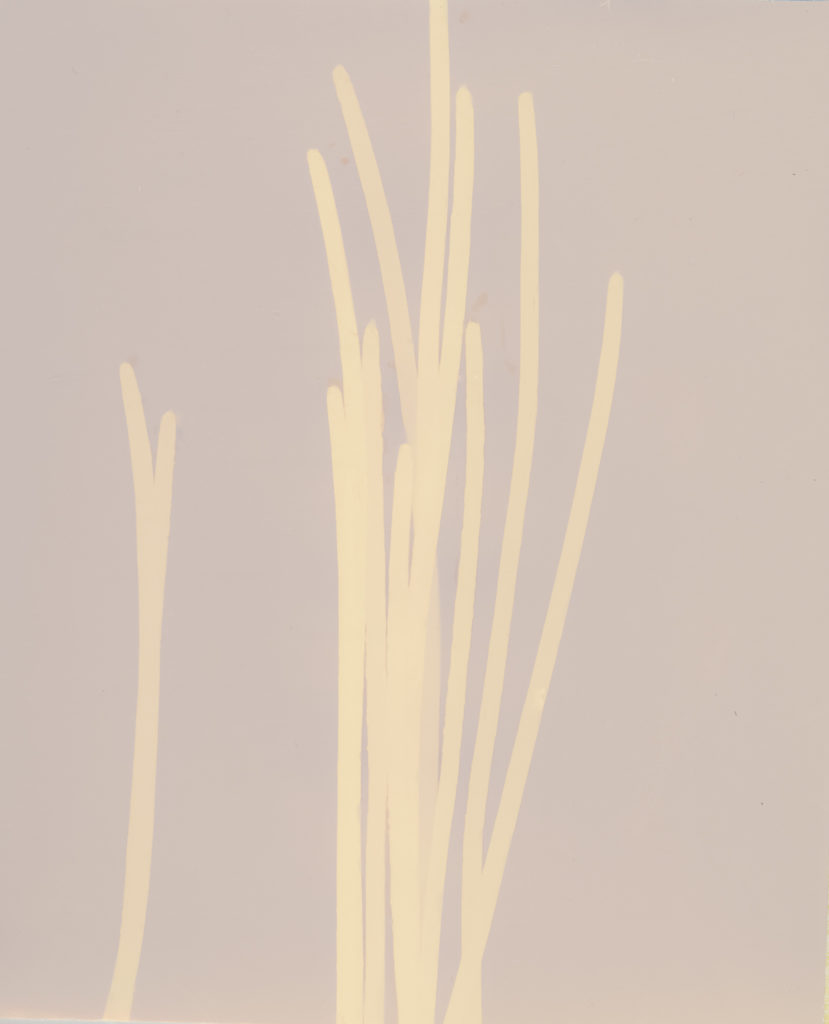
Picture a meadow.
The tall, slender grass bows gently with the breeze, lifting back up in a lull. When the wind stops, the air suddenly feels five degrees warmer. Then, with a light shudder, the cool breeze returns and the stems lean forward again. They hypnotise with a soft, synchronised sway, as if upon the tip of each stem has landed a pollen-laden bumblebee, legs heavy with their sweet offering. Wildflowers peek out between bright blades of green and, on the ground, creatures scurry in among and beneath the tall canopies to find shelter where roots reach deep into the soil. Here, they hide from both predator and prey. Here, a meadow becomes a home, a refuge, a nursery, a market.
Now sweep this scene underwater. The grass sways in endlessly undulating waves. I learned recently that sound bounces off the surface of water as if it were a solid membrane. But light…light can cut right through and is somehow all the stronger for it. As if that is exactly where light from the sun is supposed to end up. It beams down brighter, thicker, somehow, like it could almost be grabbed (and you’d happily spend a lifetime trying). Brushing a hand through the undersea meadow you are tantalisingly close to catching its glimmering rays in your palm, but they pour through your fingers and slip onto the sea floor as liquid light.
Here, blooming in the sunlit shallows, is seagrass. The only flowering plant found in the ocean. Its meadows anchor to the sandy seafloor where each blade binds itself to its neighbour, forming a secure blanket on the bottom of the ocean as it’s collectively pulled back and forth by the current, swaying in the waves as, on land, its kin does in the winds.
***
In the last days of spring, with the tide at its lowest ebb, I walked across a narrow stretch of white sand where, earlier in the day, the sea had been. At low tide, between the edge of the almost-southernmost-tip of Mull and the tidal island of Erraid, the sea pulls back to open up a coastal corridor, allowing us on land to herd ourselves to the other side. It was such a small gap — around 100m — but the edge of the sea always does funny things with perspective. I felt here as if I were standing between continents. A giant in the centre of the Atlantic, holding a rope in each hand, pulling these islands together.
Led by Miek Zwamborn and Rutger Emmelkamp, we skirted the edge of Erraid to find an entry point in the water — we were looking for seagrass which we knew was there, somewhere, just below the surface.
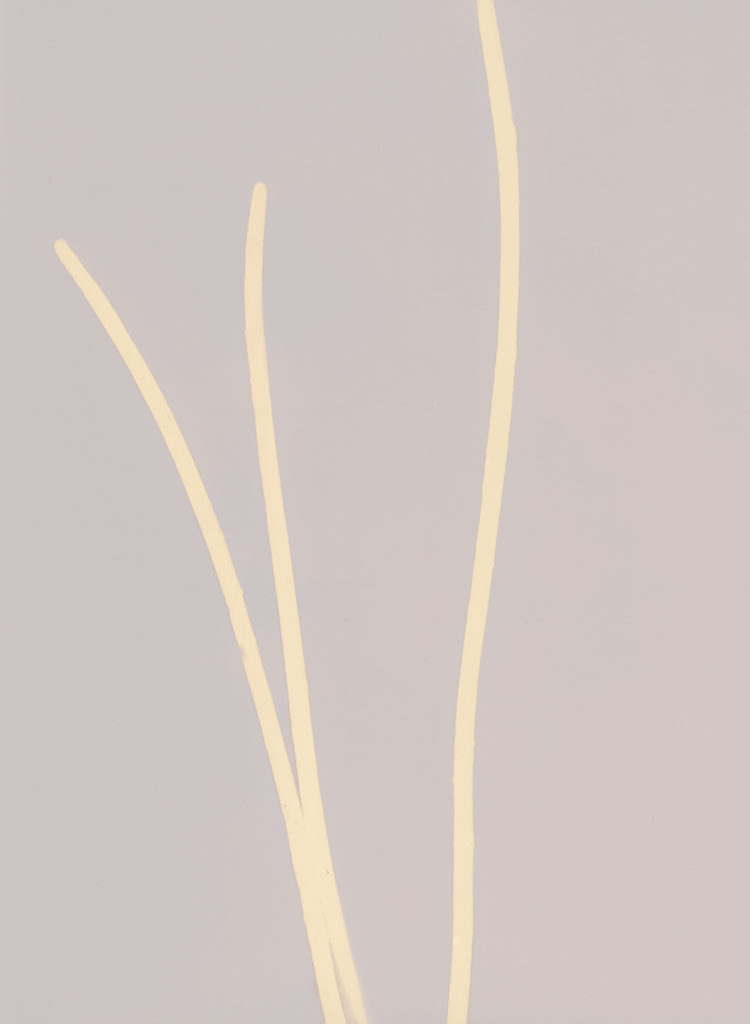
Underwater camera. Tape measure. Snorkel mask. Swimsuit. We clambered over pink granite boulders and settled on some close to the water’s edge. After a scramble across Erraid through bramble and bracken, it was a relief to peel off my leggings and pull off my jumper — as swiftly as I could so as not to miss a glimpse of the glimmering turquoise water ahead of me. Also moving quickly so as not to get cold before we’re even in, Miek and I wiggled our feet around (and tried not to get distracted by) the tangled wrack and silky kelp at the water’s edge, and slid into the cerulean sea in search for a meadow.
Seagrass roots close to the shore, and since Miek had spotted the seagrass on a previous swim we knew we wouldn’t have to go far. Indeed, it wasn’t long before she glided to a stop for the first dip of her head underwater.
Sadly, no seagrass.
We swam a little further, but still, there was no seagrass to be seen. Miek swam on in purposeful zig zags, sticking her head into the water every few strokes in search for the unmistakable, poker-straight green shoots. Meanwhile, head above water and maskless (because I left mine back at the house, despite specifically buying one for this trip), I paddled curiously alongside and felt my body adjust to the water temperature like honey melting into tea. With each stroke I felt warmer; that is, everywhere except those spots at the base of my raised head where the wind curled around with icy wisps, hooking onto wet tendrils. The peach-fuzz hairs on my neck stood on edge each time they rose above the surface. And yet below the water: warmth. In my eyes: light. The low sun reflecting up onto my cheeks intensified the last of the afternoon heat, and underwater my body was shielded from the wind; with only two days until the summer solstice, the sea had spent all day eating up the sun.
“Here! It’s here!”
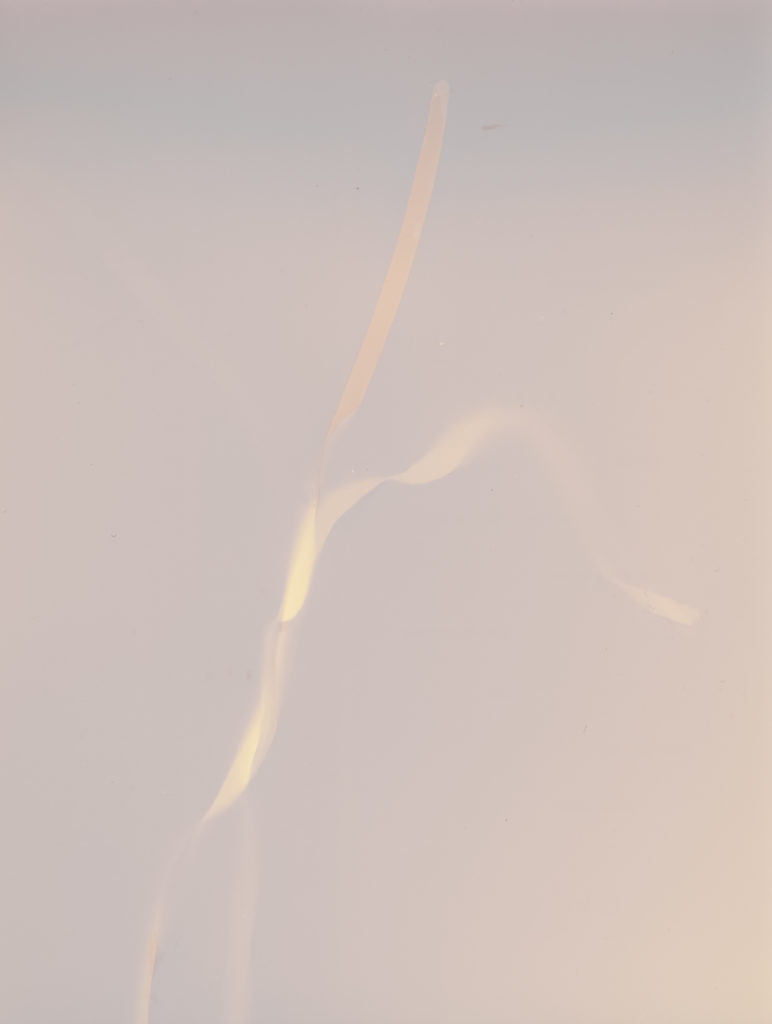
Beside me Miek shouted, pointed and grinned. Her head continued to dip forward into the water like a sea bird bobbing for mussels, or simply as if double checking to make sure it wasn’t a mirage. I swam over and, hands thick with neoprene, we fumbled with the tape measure and grabbed one end each. We swam away from each other, bound by a limitless fascination with the sea.
After we took the first measurement (9m wide, on the southern side) Miek pulled the snorkel mask off and told me to have a look. I accepted with glee. More delightful still, the water was shallower than I thought and I managed to balance on the very tip of my big toe, steadying just enough in the current to secure the mask into place. (Side note, if such a snorkel mask exists which doesn’t tear a quarter of your hair out on application, I’d be grateful to be pointed in its direction). I took a breath and leaned forward into a part of this world which, despite its vast proportion and importance, still feels like a secret. And as I dove under, everything turned green. A squidgy green like I had dipped my head into apple jelly; rather than the crisp blades of an open air meadow, these soft green stems were covered in a film of algae, blurring all the edges. Life was blooming all over life.
This is the size of the meadow: width at the northern tip, 17m. Width on the southern tip, 9m. Length, 20m. Widest at the end nearest the shore, rather than forming a triangle it curves in and out to sea, shaping itself like a twirling ribbon of sugar kelp. You can’t take a ruler to the sea and cut it up into squares, but we were as precise as we could be with an underwater measuring tape. Despite my gradually cooling body temperature, as we worked our way down the length of the meadow I wondered if there were any more nearby we could record. This was possibly due to the adrenaline — that pulsing energy that electrifies the body in cold water and heightens desire. The urge to keep feeling. I wanted to see more, to scratch off more of these little surfaces and put them onto my own map. Every glance underwater incites something else to gaze at in awe, to point to and say ‘Look! Look what’s here! Who knew?!’. Well, quite a lot of species I suppose, including many members of our own. But knowledge is relative and to learn something that is already known, to first see something that has already been seen, does not make it any less new to you. No less exciting. No less real. The problems tend to arise when what is old is claimed as new. When what belongs to one is claimed by another. As we learn more and more about the state of the oceans, from overfishing and bottom trawling to warming and acidification, it begs the question: to whom does the ocean belong? Who is claiming it, and why?
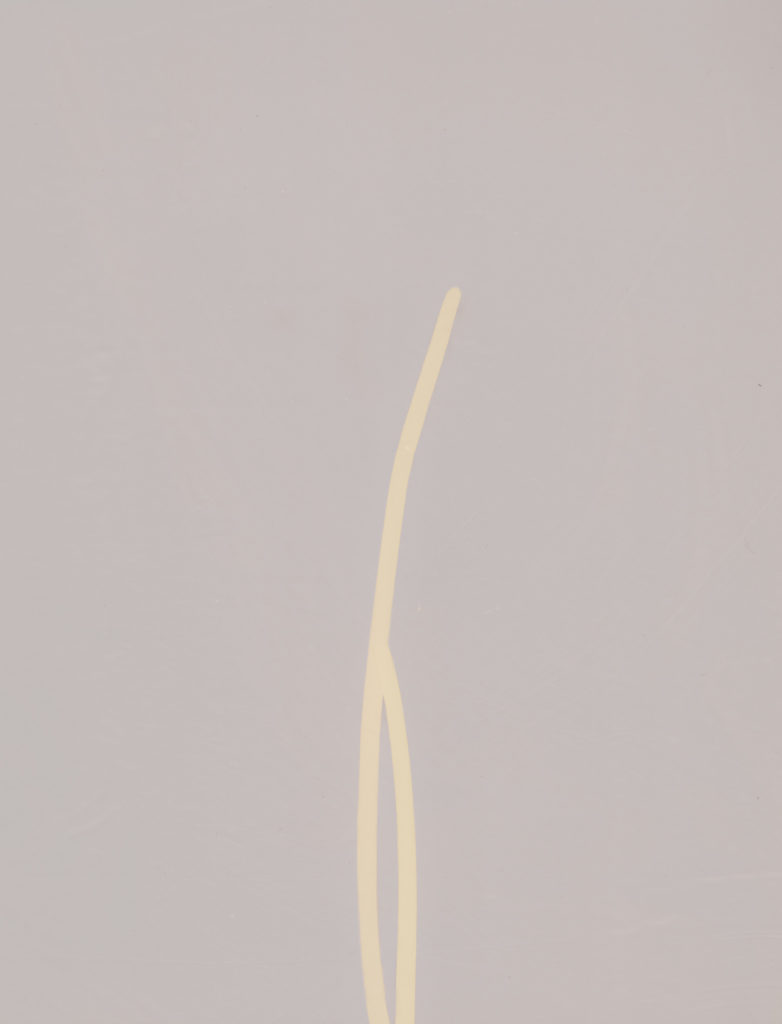
The reason, or at least one of the reasons why Miek and I were out measuring seagrass, was to assist with a global citizen science effort to protect seagrass meadows. As people learn more about the importance of marine habitats and their crucial role as a carbon sink — the extent of Scotland’s coastline sees its marine environment storing more carbon than terrestrial stores such as peatlands and forests combined — organisations such as Seawilding and Project Seagrass are working to find, protect and restore these meadows through community restoration projects, but there is simply too much ocean to map on their own. With each wave that hurls itself towards the coastline, seagrass is there to absorb its unfathomable force, protecting the land from flooding and erosion. And while it’s being thrown this way and that way by the waves, it’s soaking up carbon dioxide in the water. Even in the cold winter waters when the seagrass dies back, retreating into the dark like the rest of us, its good work is not yet done. In death it washes up on the tidelines of beaches across the world where it becomes brittle, like shredded paper, in the salt air. Sand sweeps over it with every winter windstorm, sifting through the crackling tendrils and filling up the gaps until they form the base of new dunes, further barricading the land from the sea. These are the kinds of natural cycles which have been keeping the planet balanced for millennia. They’re the reason that we’ve been given the chance to thrive on a stable planet. Should we wish for ourselves, our children and our grandchildren to live on a stable planet too, it is in our best interests to protect, restore and replenish these habitats in meaningful ways. Not capping fishing limits at the current levels, which are already too high. Not cutting down ancient forests and promising to replant them with new saplings, which is like knocking down a tower block of flats and replacing it with a garden shed. Thousands of species in the ocean are being left with less and less space, while one species on land takes up more and more. Coalitions of coastal residents, businesses and organisations like Our Seas are fighting to protect Scotland’s inshore waters. It’s up to the government to implement the changes needed, and it’s up to the people of Scotland to make sure that they do through acts large and small.
***
In Arts of Living on a Damaged Planet, the editors write that:
“The extinction of a critical number of species would mean the destruction of long-evolving coordinations and interdependencies. While we gain plastic gyres and parking lots, we lose rainforests and coral reefs. How much longer will we agree to step aside in silence as masters of the universe run us into property, write our contracts, rape our bodies, sell our histories? How much longer will you and I choose extinction?”
It’s very confusing, but for some reason the self-proclaimed most intelligent species on earth seems to revel in expending a lot of time, energy and money in its own demise. Which, from an evolutionary standpoint, doesn’t seem very intelligent at all. Though it is not my intention to suggest that we’re bad people who are ruining the earth. We, like all species, are complex. To paraphrase the anthropologist Gregory Bateson, we are both the cruellest species and the kindest. But most importantly, I think, is that we are only one of many.
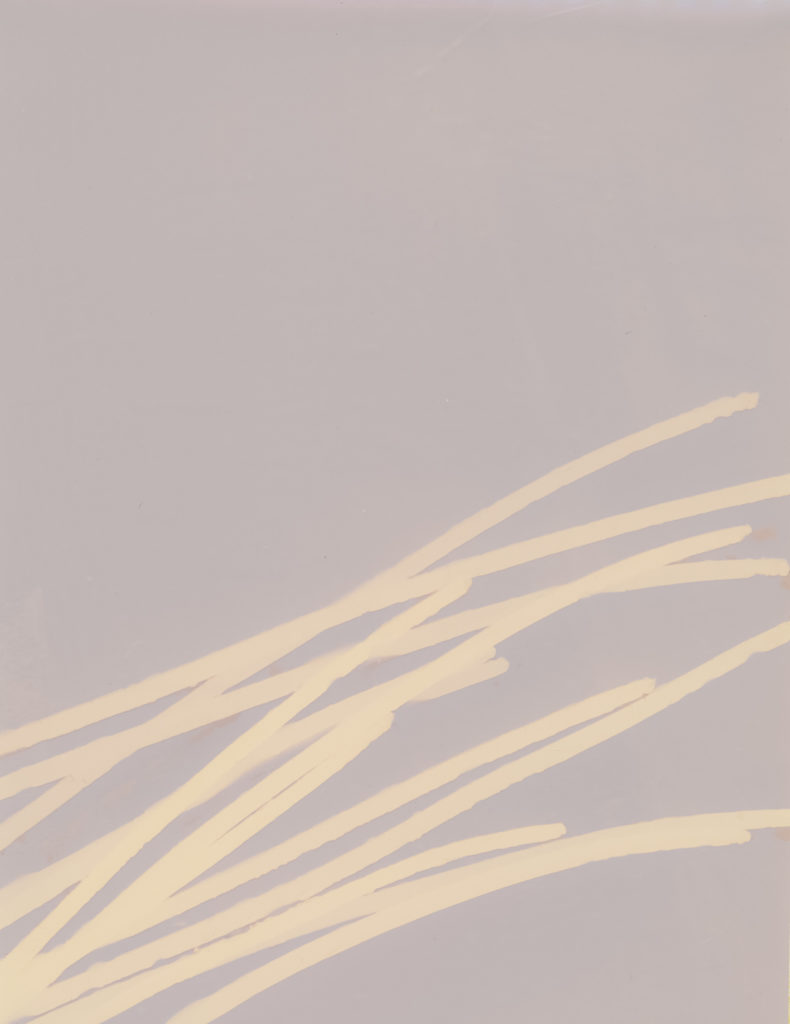
The more I learn about what’s in the ocean, the smaller I feel. Like Alice, each glance underwater is one more sip of knowledge and awe with which I shrink a little bit more towards a size that fits in amongst it all, one that feels more at home here. In the words of Richard Feynman, “My interest in science is to simply find out about the world, and the more I find out the better it is. I like to find out.” It simply feels good to see something new, to notice what’s happening. What we’re a part of. It feels good to be a puzzle piece as opposed to the person doing the puzzle, misplacing all the pieces or bending them into places where they don’t quite fit. That, I think, is the power of citizen science. With one simple act you can become a caretaker for the earth. You can see and feel parts of the world that previously didn’t exist to you. Often we’re asked, for fun, to imagine a colour we’ve never seen before. The thought makes the mind spin, enraptured by the idea of this new brilliance, this ephemeral unknown. It’s impossible, of course. But they do exist, these colours. They surround us. We can’t imagine them on our own but when we are shown them, it’s impossible to remember a past, or to fathom a future, without them.
To quote Sylvia Earle, “No one can do everything, but every one can do something.” Mapping, protecting and restoring seagrass alone won’t fix what we have broken. But if some people choose to do this one thing, and if not this one thing then one other thing, then that’s something.
*
Christina Riley is an artist and writer based on Scotland’s west coast, drawing acute attention to the details of the natural world with a particular focus on the sea. In 2019 she was longlisted for the Nan Shepherd Prize for Nature Writing and later that year started The Nature Library, a travelling library and reading space. Her work has recently appeared in The Clearing, Elsewhere Journal and Gold Flake Paint, and her photographic series The Beach Today will be published by Guillemot Press in 2021.
Visit her website here. You can also follow Christina on Twitter and Instagram.